On 2 December 2023, Senior Minister of State for National Development Tan Kiat How announced that the Animal and Veterinary Service (AVS) of the National Parks Board (NParks) had developed a proposed cat management framework that would reverse the decades-long ban on the keeping of cats in HDBs. This marks a positive and progressive step towards creating a more inclusive and harmonious living environment for both cat owners and their neighbours.
CWS has been advocating for this change for more than 10 years. We conducted extensive on the ground engagement to resolve cat-related feedback and also door-to-door surveys as part of our Cats in Flats study across HDB estates around Singapore to gather data about cat ownership and what it takes to be responsible cat owners.
Earlier this year, we laid out our recommendations on the requirements that we view as a minimum standard for responsible cat ownership and suggestions on the implementation for the same through legislation. Prior to that, we have set out the basic guidelines for responsible cat ownership which would apply regardless of the type of residence that a cat owner lives in and which were required to be adhered to by any cat adopter or rehomer using our adoption platforms.
With this in mind, we set out below the details of the proposed AVS framework and our view on each aspect.
A. MANDATORY LICENSING AND MICROCHIPPING OF PET CATS
I. Pet cat licensing conditions and prerequisites
First, it is proposed that every pet cat must be licensed and the conditions for such licensing are:
- Mandatory microchipping as a pre-condition for licensing
- All pet cat owners to ensure that their cats are kept in a safe environment and take reasonable steps to protect their cats from hazards indoors and outdoors, e.g. by installing grilles, mesh or other barriers to prevent cats from roaming or falling from heights
- All pet cats to be kept under control through the use of carriers or harnesses for example when they are in public.
- All first time cat license applicants to complete a one-time free online pet ownership course before they are issued a license with such course covering the basics of pet care skills and responsible pet ownership.
Support for microchipping and licensing
CWS has consistently called for the microchipping and registration of all pet cats. The proposed licensing will achieve the aims of traceability and accountability that we have advocated for. A similar licensing programme is present in the UK and Queensland, Australia as the benefit of having a tracking mechanism has proven beneficial.
Glaring omission of mandatory sterilisation
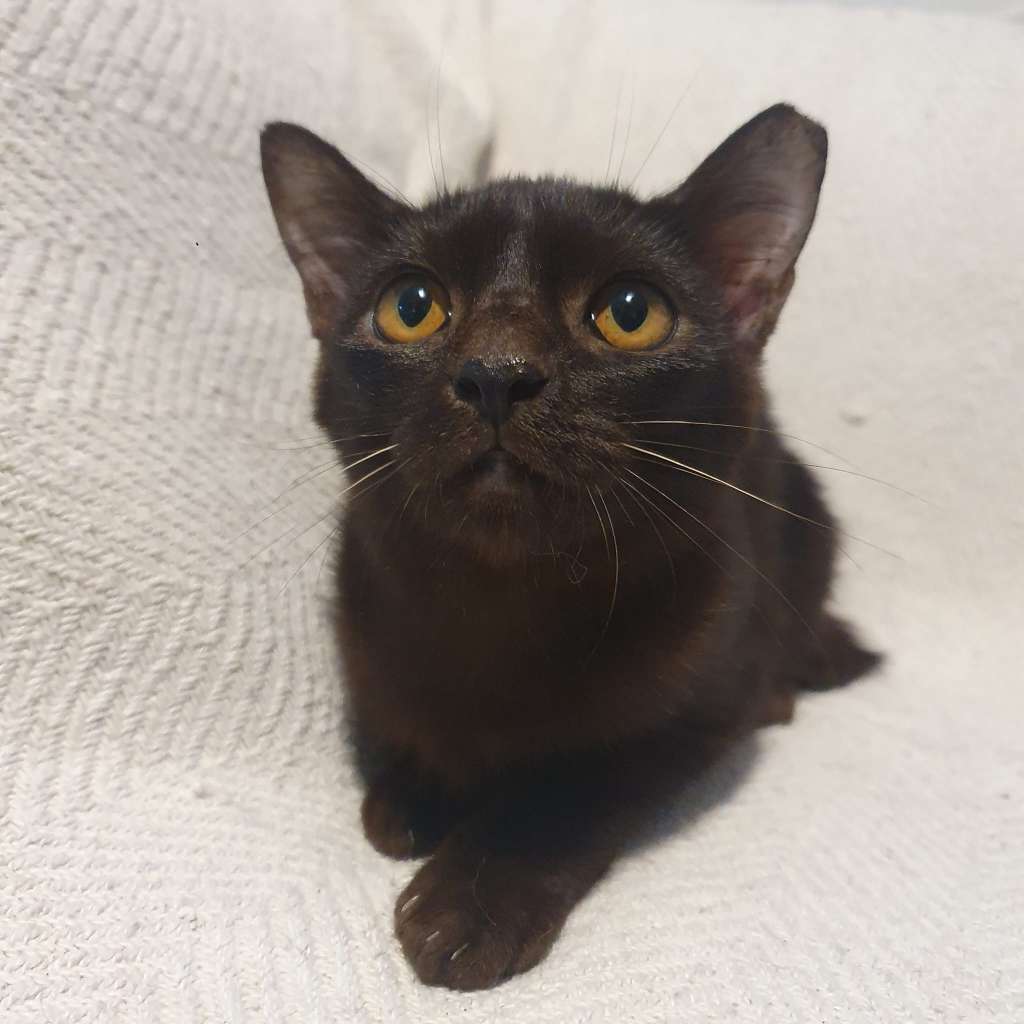
One glaring omission to the current proposed conditions is that there is no mandated sterilisation of pet cats. While AVS has strongly encouraged sterilisation and is attempting to incentivise sterilisation through lifetime licenses for sterilised cats, it has not proposed mandatory sterilisation.
It is common knowledge that there are numerous benefits to sterilising one’s cat including direct health benefits to the cat like improving hormonal balance and reducing the risk of certain cancers and health issues. This means that sterilised cats tend to live longer lives.
Sterilisation also helps minimise certain behaviours such as caterwauling, indiscriminate roaming and spraying to mark territory. These are the very reasons cited by HDB for not allowing cats in flats in the first place. If these undesirable behaviours can all be eliminated by one routine, common and safe procedure, why are we not mandating it?
Needless to say, a humanely managed population of cats will also receive more resources per cat than an unmanaged over-population leading to an overall better quality of life for the sterilised cats. Our experience shows that it is irresponsible cat owners with unsterilised cats who are contributing to cases of overpopulation within homes that consequently lead to hygiene and smell issues, roaming pet cats and reports of caterwauling. These cases can be quickly addressed in one fell swoop by mandating sterilisation.
Developing a special license for fosters
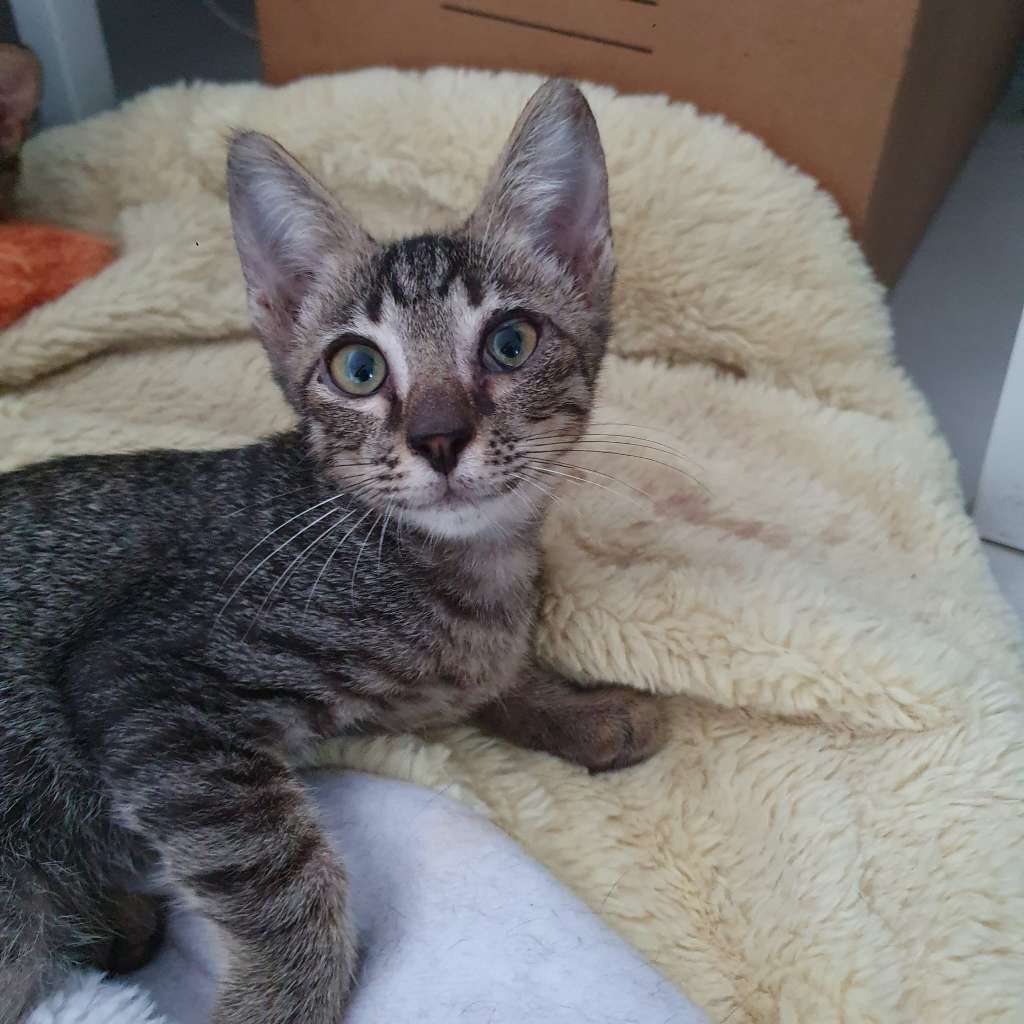
It is also important to not forget other critical groups such as fosterers and caregivers. They play critical roles within the cat ecosystem by taking in and caring for cats that have been abused, neglected or abandoned. CWS’ view is that a separate permit should be introduced for individuals who foster cats in their homes and we will be working with AVS to develop the parameters for that license.
Responsible care will remain the lynchpin of such a permit – fosters will still be expected to ensure that no disamenities are caused to their neighbours or surroundings.
Pet cat ownership course
The last point here is on the content of the proposed pet ownership course. This is understood to be under development but it should not be trivialised and instead go some way toward levelling the entryway to pet ownership between adopted and purchased (legally or illegally) pets. The adoption process is more involved than most purchases because of the screening and house visit made before a cat is adopted out. The process is deliberately made more onerous because pet ownership is not a decision to be made lightly and the adopter must understand the long-term commitment they are entering into.
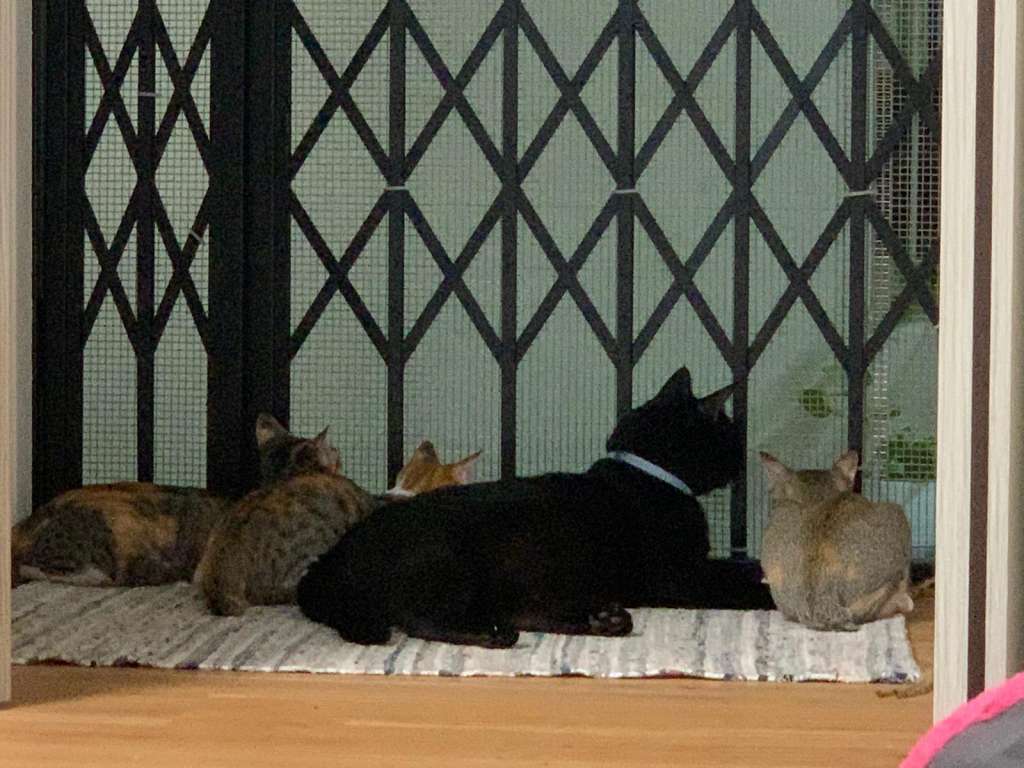
With a standardised pet ownership course, it is hoped that even those who choose to buy their pets become educated about how to take care of their pets responsibly and about the serious commitments needed to care for a pet for life.
II. Two year transition period for existing cat owners
The two-year transition period provided for under the AVS proposed cat management framework will be critical. In addition to ensuring there is adequate time for existing cat owners to meet the conditions and obtain licenses for their cats, this period also offers a valuable opportunity to refine the proposed licensing conditions and include other areas of responsible cat ownership.
However there must be clear communication that such a transition period exists and that one’s ability to keep more than the threshold number of cats is entirely dependent on their adherence to the licensing conditions.
It is important to avoid any possible misunderstanding about the proposed threshold. There is a risk that ignorant or irresponsible cat owners with more than the proposed threshold number of cats might look to abandon or recklessly give their cats away. In fact, CWS has already received queries about what one should do if they have more cats than will be allowed.
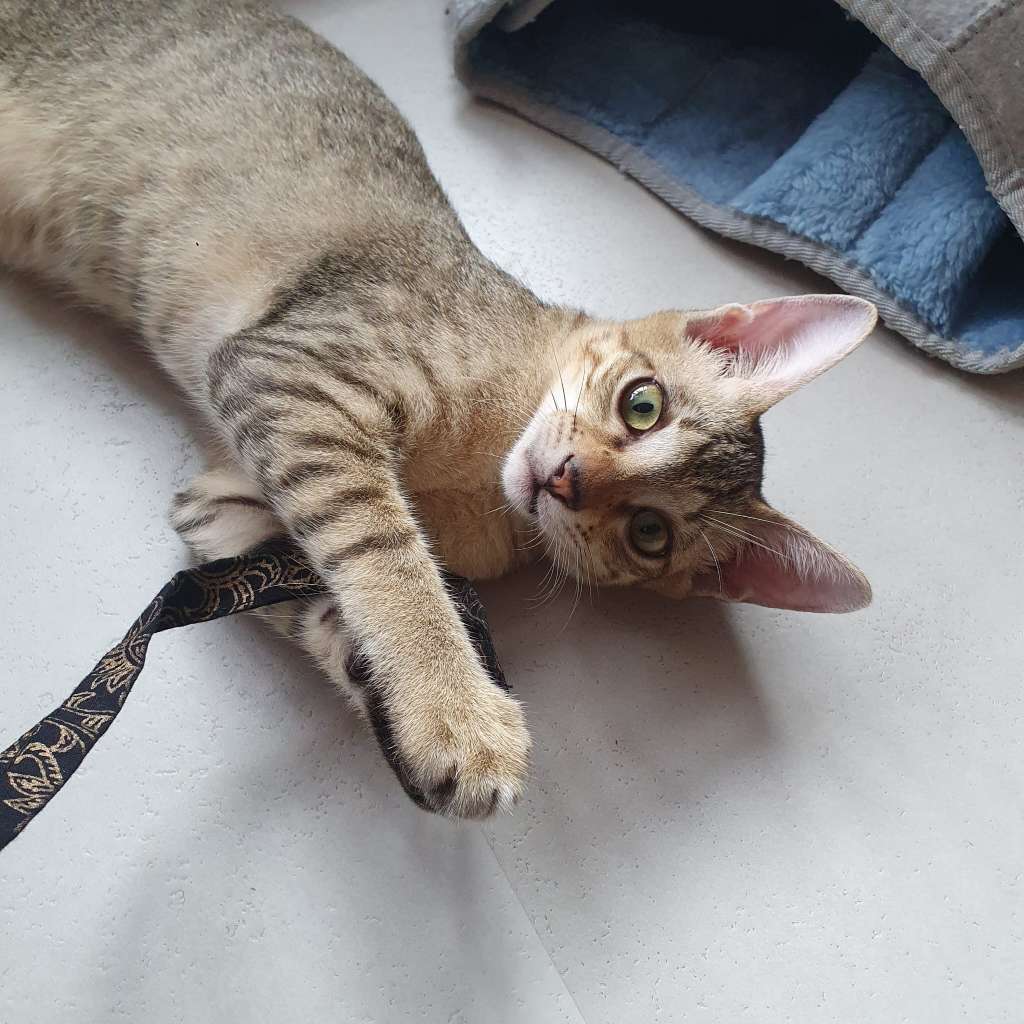
We reiterate and support AVS’ stance that owning a pet is a lifelong commitment and will work to ensure that there be clear, consistent and direct communication to cat owners about this and the assistance provided to them (education, free neutering, mesh, etc) on how to become responsible cat owners.
Proposed threshold of cats
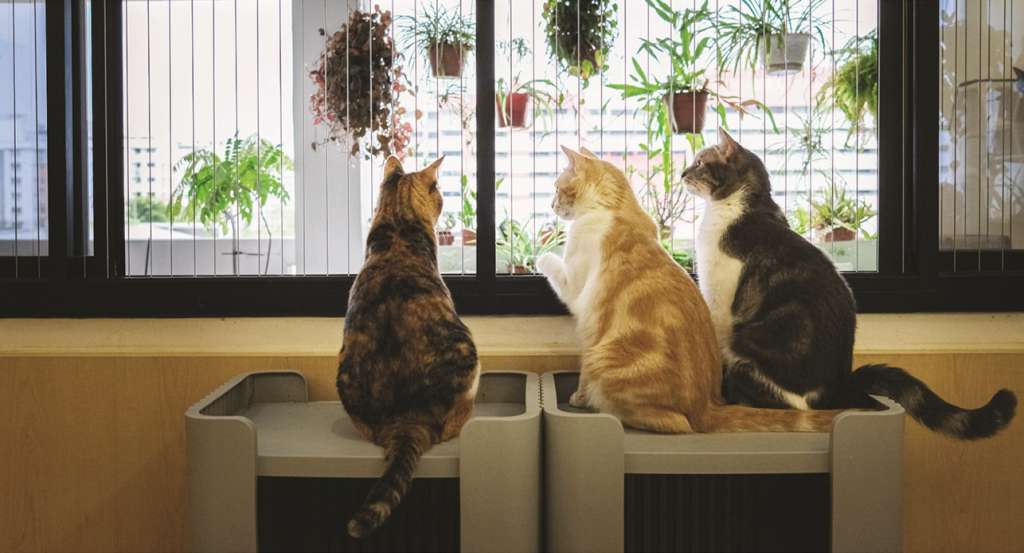
Under the proposed framework, each HDB household will be able to own up to two pet cats while a private residence can own up to three pet cats.
The basis for limiting cat ownership to two cats in HDBs is unclear to CWS. The data from surveys undertaken by CWS in the past two years shows that the majority of cat owners living in HDBs (approximately 85%) have between 1 to 3 cats. To us the more logical starting point would therefore have been 3 cats.
The most obvious issue is one of practicality as AVS is taking on the burden of checking in on owners with more than the threshold number of cats. Since the proposal for private housing is to allow three cats or dogs, or a combination of both, it would make sense to follow the same flexibility for public housing. It would also ensure that we do not have double standards between public and private housing.
Pet Cat Sterilisation Programme (PCSP)
CWS has been sterilising and microchipping an average of 200 pet cats belonging to families who cannot afford the same every month. This programme was formally entrenched in November 2020 and to date, we have assisted to sterilise over 6,600 pet cats.
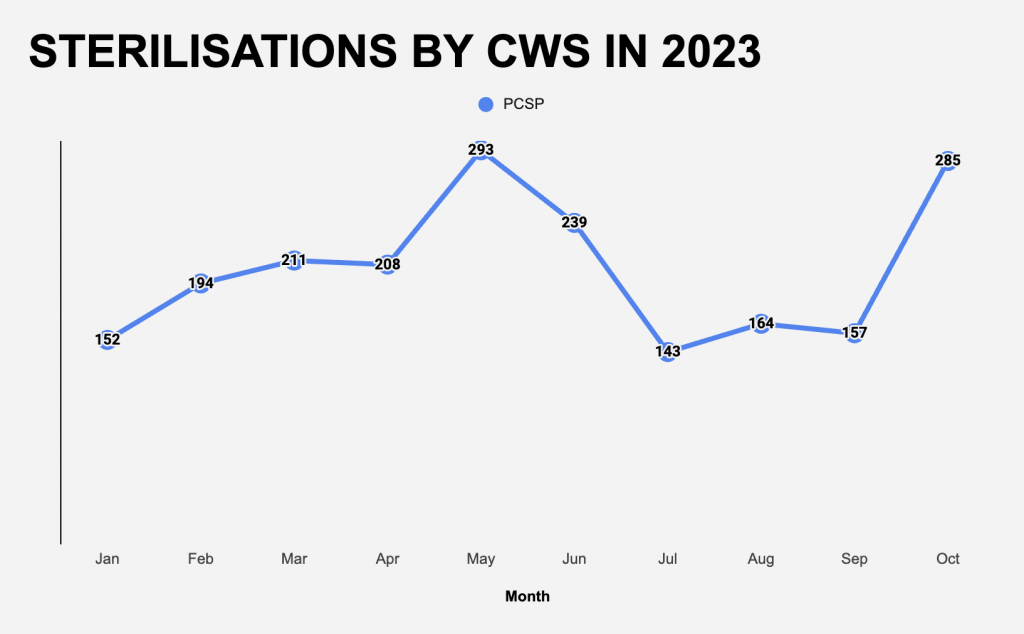
We also assisted AVS in their November 2023 pilot with the sterilisation of 83 cats by coordinating and arranging transport for the same.
CWS will continue to offer free sterilisation to financially distressed families to ensure their cats are sterilised, microchipped and the population managed. We will also continue to assist with teaching them how to responsibly rehome their cats.
B. Expanding the Trap-Neuter-Rehome/Release-Manage (TNRM) programme for free-roaming dogs to include community cats
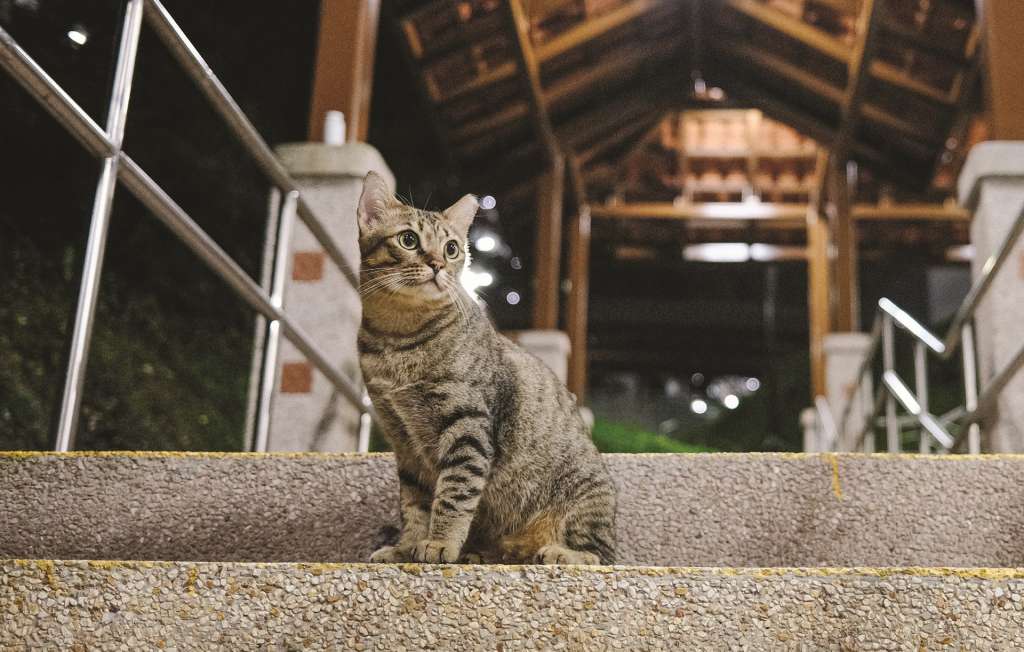
CWS has been conducting TNRM for over a decade and has been funding this primarily through donations and merchandise sales. Each year we sterilised some 4,000 community cats and this number reduced after we successfully tackled abandonment by preventing overpopulation within home through our Pet Cat Sterilisation Scheme.
CWS bore the cost of trapping, transport and boarding of the community cats in the TNRM programme and received subsidies for the sterilisation and microchipping costs from AVS. The subsidy represented approximately 40% of the actual cost of the TNRM programme.
The increased support is therefore extremely welcome and CWS will work to ensure that the resources are used for the maximum benefit of our responsible community caregivers.
C. Education and outreach on responsible pet cat ownership and community cat caregiving
Engagement Activities
CWS supports AVS’ plans to organise engagement activities to raise awareness on cat-related topics. AVS could consider funding established education programmes like that conducted by CWS and SPCA on this to further the impact.
Responsible community cat caregiving
CWS’ position on responsible community cat caregiving has remained consistent through the years and informed the stance we took on responsible feeding, the need for quick action on sterilisation and the provision of medical care. These standards are upheld by most caregivers.
Much like with cat owners, there is a small minority of errant caregivers who do not adhere to these guidelines. They litter and cause disamenities to the other residents in the area. CWS has taken a three step approach in which our Community Engagement Managers advise and encourage such errant feeders to adhere to responsible feeding guidelines, failing which the case is escalated to NEA for due penalties.
Responsible community cat caregivers bear a full community’s burden and it is only right for them to receive support and legitimacy by the authorities. CWS will explore ways in which our authorities can help alleviate the burden of these caregivers even as these guidelines and principles are formulated.
Conclusion
These developments show that we are on the cusp of great change to better the welfare of both our cats and their owners. Please lend your voices once again in the survey being conducted by the National Parks Board to ensure we have a meaningful starting point.
